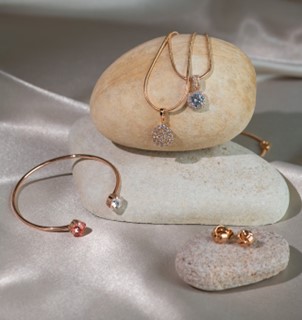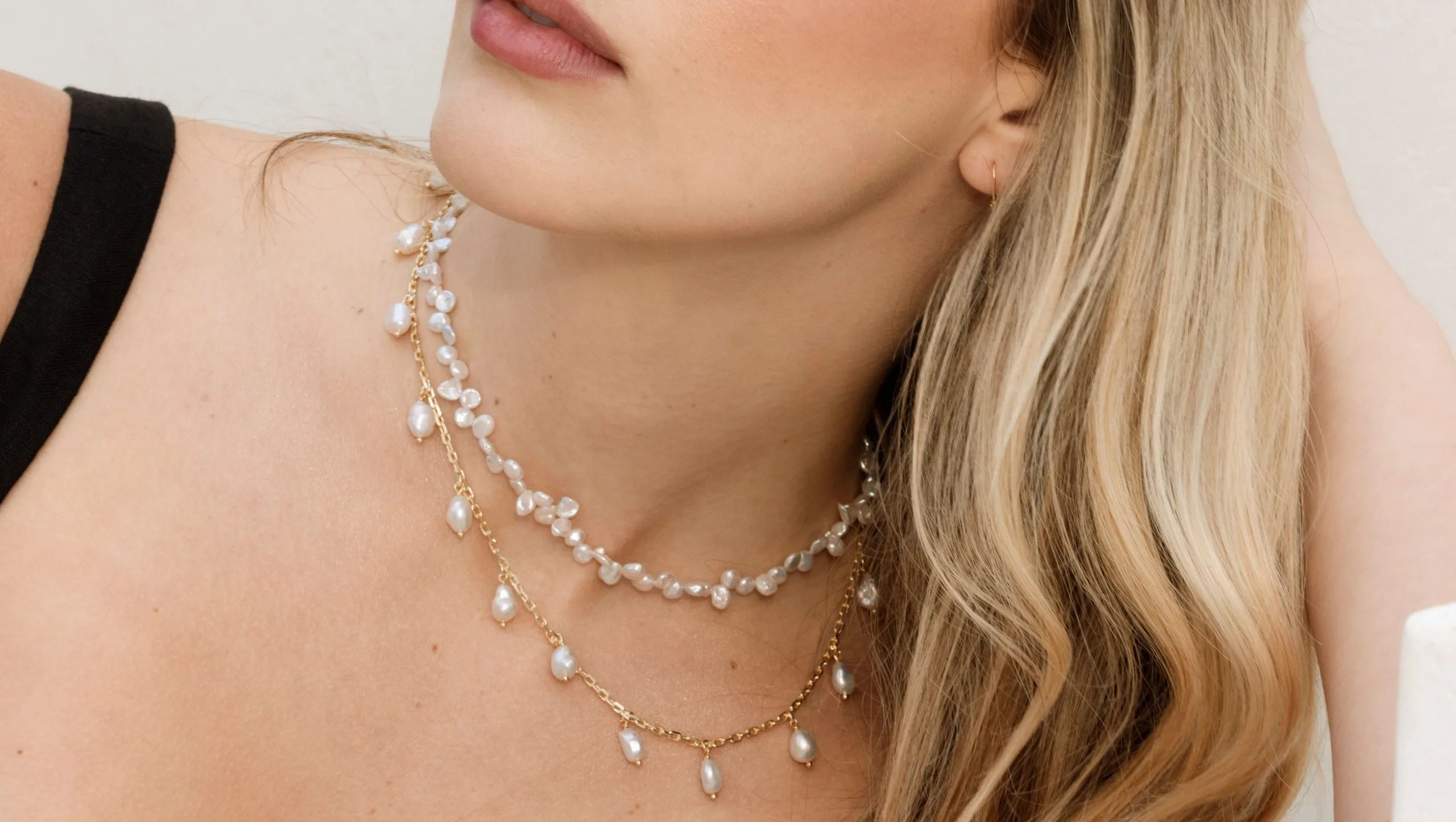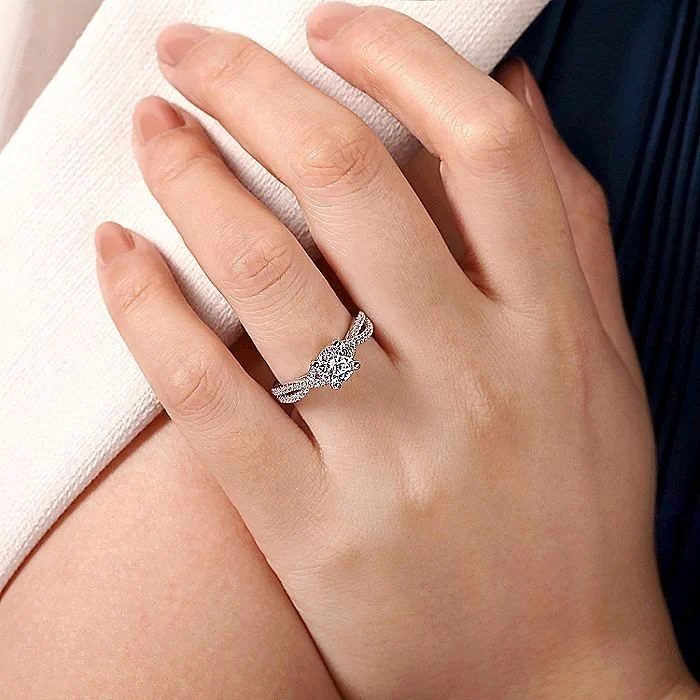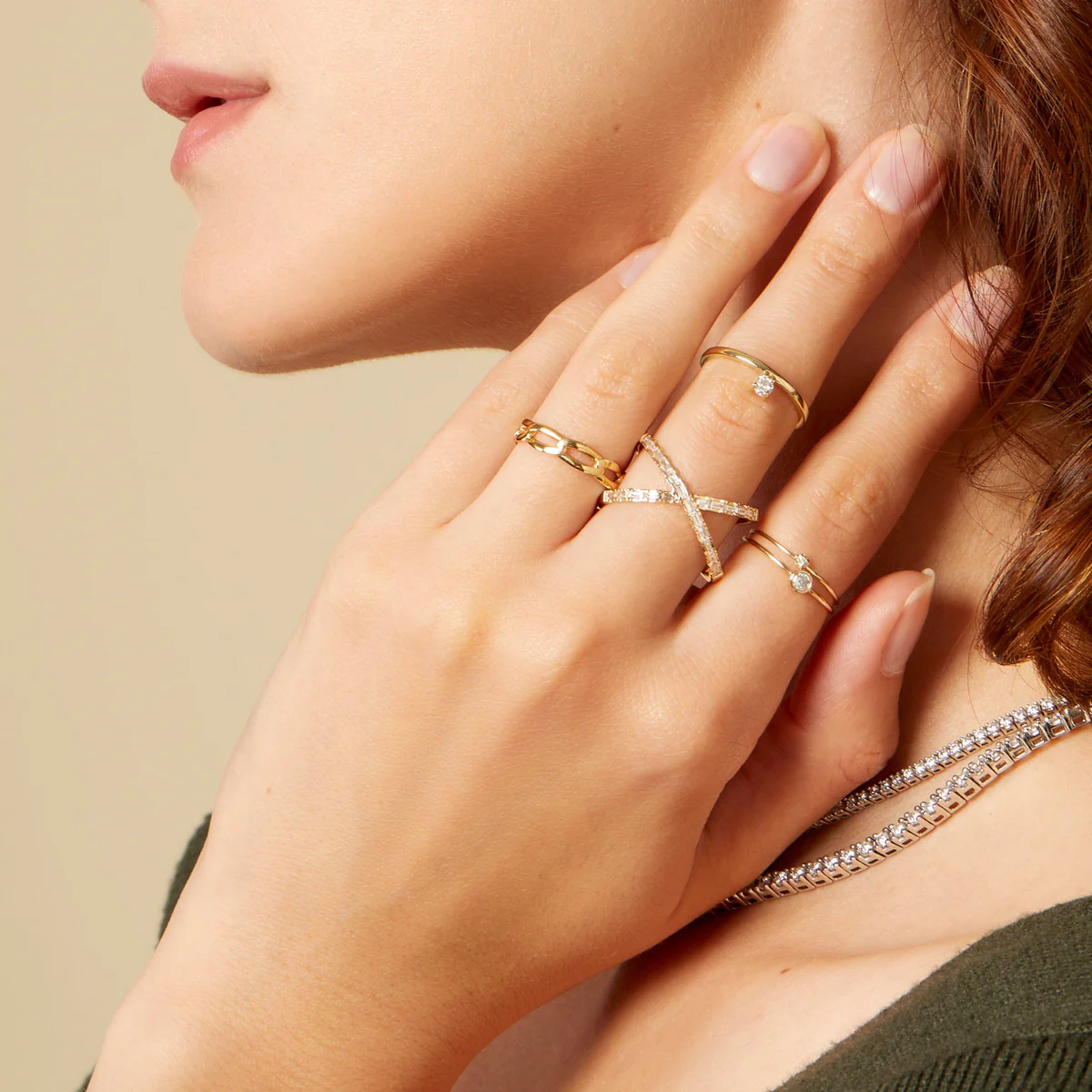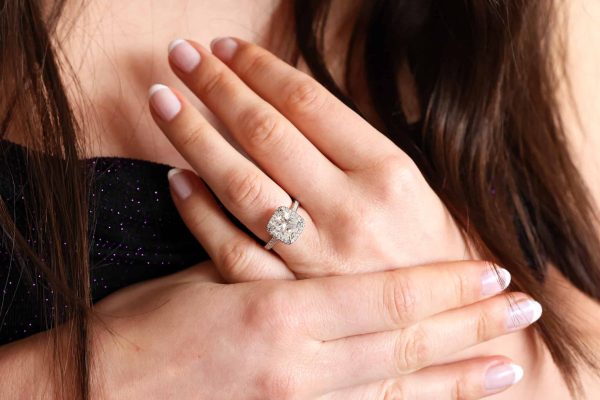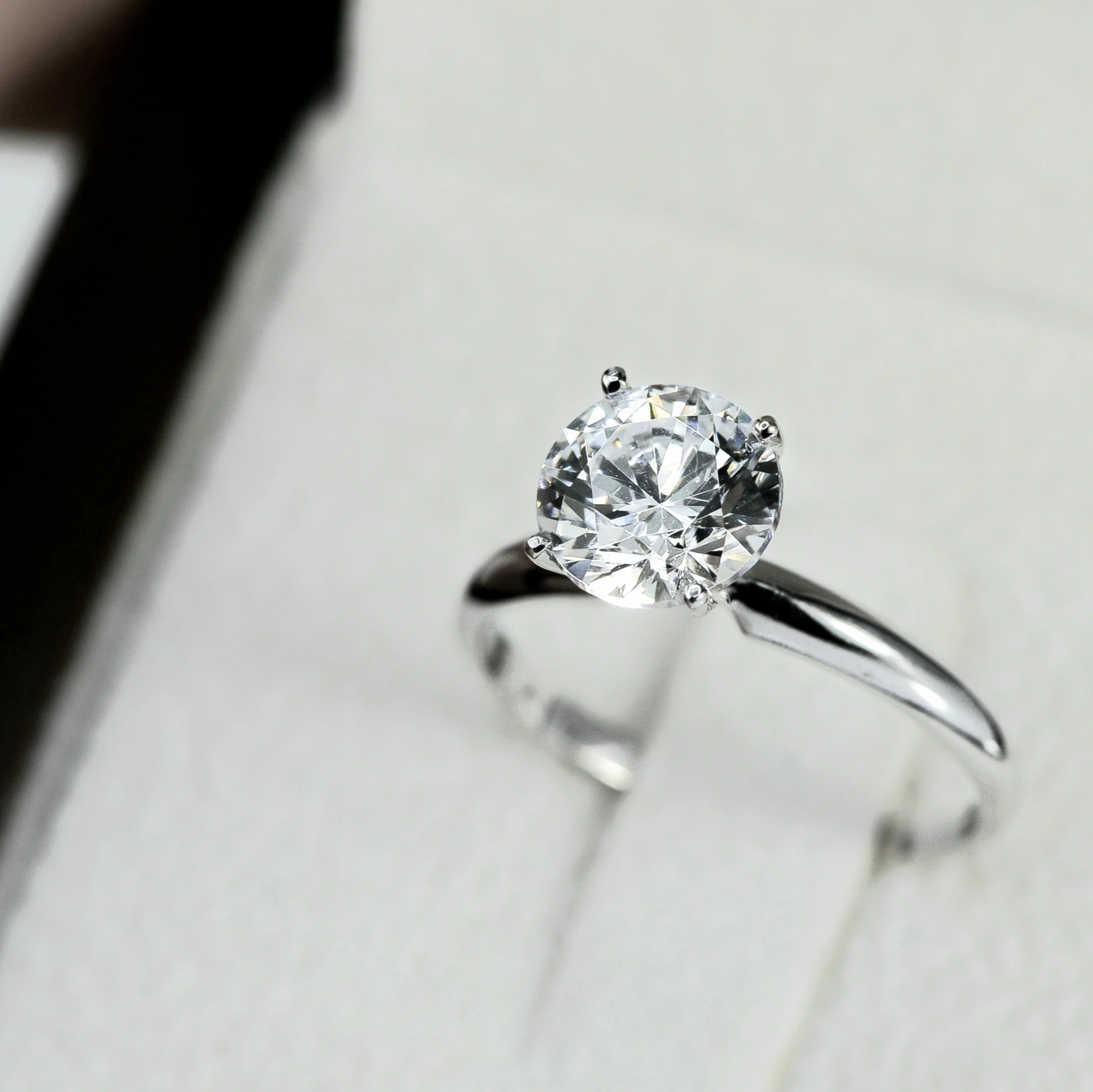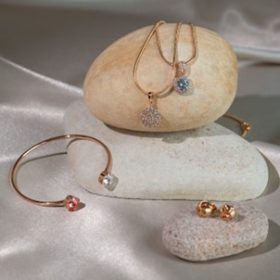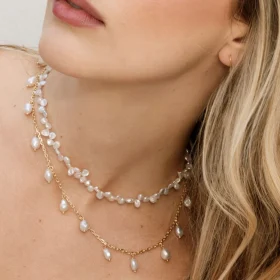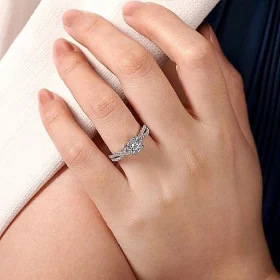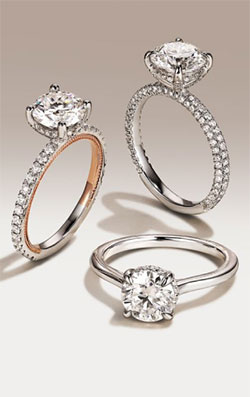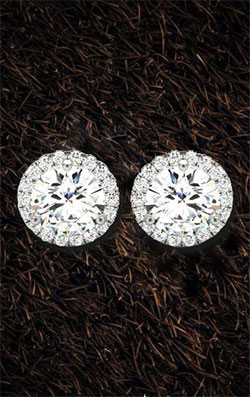Gold is and has been the quintessential symbol of wealth, power, and status. No wonder, it happens to be among the most precious and sought-after commodities on this earth. If you are a lover of gold, then you might feel curious to know whether the jewelry you wish to buy is real gold or just an imitation.
Here are some vital clues to know the authenticity of gold.
Tips to Spot Real Gold—
-
Look for a hallmark—
One of the simplest ways to know if the gold you are buying is real is to see the hallmark. It is a small stamping showing the karat weight of the gold. Valid purity numbers are 8k, 9k, 10k, 14k, 15k, 18k, 20k, 21k, 22k, 23k, and 24k.
Different measurements are used in different nations. For example, the hallmark number in the US represents a fraction of 24. It implies a hallmark of 12K (12 karats), i.e. half the jewelry piece is gold because 24K means pure gold. Any gold jewelry with a mark of less than 10k (41.7% purity) is not real.
Meanwhile, if the jewelry does not show any hallmark, it might indicate that that the item does not have real gold. However, there might be some other reasons behind the missing hallmark, like, for example, the hallmark may have faded away over a period of time due to the item being in contact with the wearer’s skin. Another reason could be that the jewelry had been made before the practice of hallmarking began.
When checking for hallmarks, look at the inside of a ring or any other piece of jewelry.
-
Letter Markings—
Among the letter markings used for different levels of quality are –
- GP (Gold Plated)
- GE (Gold Electroplated)
- GF (Gold Filled)
- HEG (Heavy Gold Electroplated)
- HGP (Heavy Gold Plated)
- GEP (Gold Electro Plated).
All the above-mentioned markings show that just a small fraction of gold was used for covering a piece that was actually made out of any other metal (for making it appear as a gold item).
- Float Test—Also known as the density test, it can be done by placing your gold piece of jewel in a cup of water. See if it floats or not.
Real gold jewelry floats rarely because gold is considered to be dense metal.
- Gold Testing Machines—Knowing the genuineness of any gold jewel becomes easy and fast with a gold testing machine. Moreover, it also makes sure that your jewelry does not get damaged. You can use either of the two machines, an XRF spectrometer, or an electronic tester. Both these machines help in sending electromagnetic waves or X-rays through the gold item for recording and analyzing the interaction of these waves with the gold.
- Scratch Test—Ceramic scratch test requires you to scrape the piece of jewelry across the surface of a piece of tiles or an unglazed ceramic plate. While scraping, take care to avoid rendering any damage to the jewelry by ensuring to scrape just to find the gold marking.
You will notice a gold-colored marking in case of real gold while a black streak will be visible if the jewelry is fake.
- Vinegar Test—Use vinegar to check if the metal is fake or not.
Apply a few drops on an unnoticeable location of your gold piece of jewelry. Did you notice any change in the color of the gold? If it changes, the metal is not real.
- Get it verified with a Reputable Jeweler—There cannot be a better way to test the authenticity of your gold jewelry than with your reliable jeweler. After all, they have the requisite experience and skills to quickly spot fake jewelry from real ones.
So, trust your jeweler for the validity of your jewelry.
Because All That Glitters is Not Gold!!!






